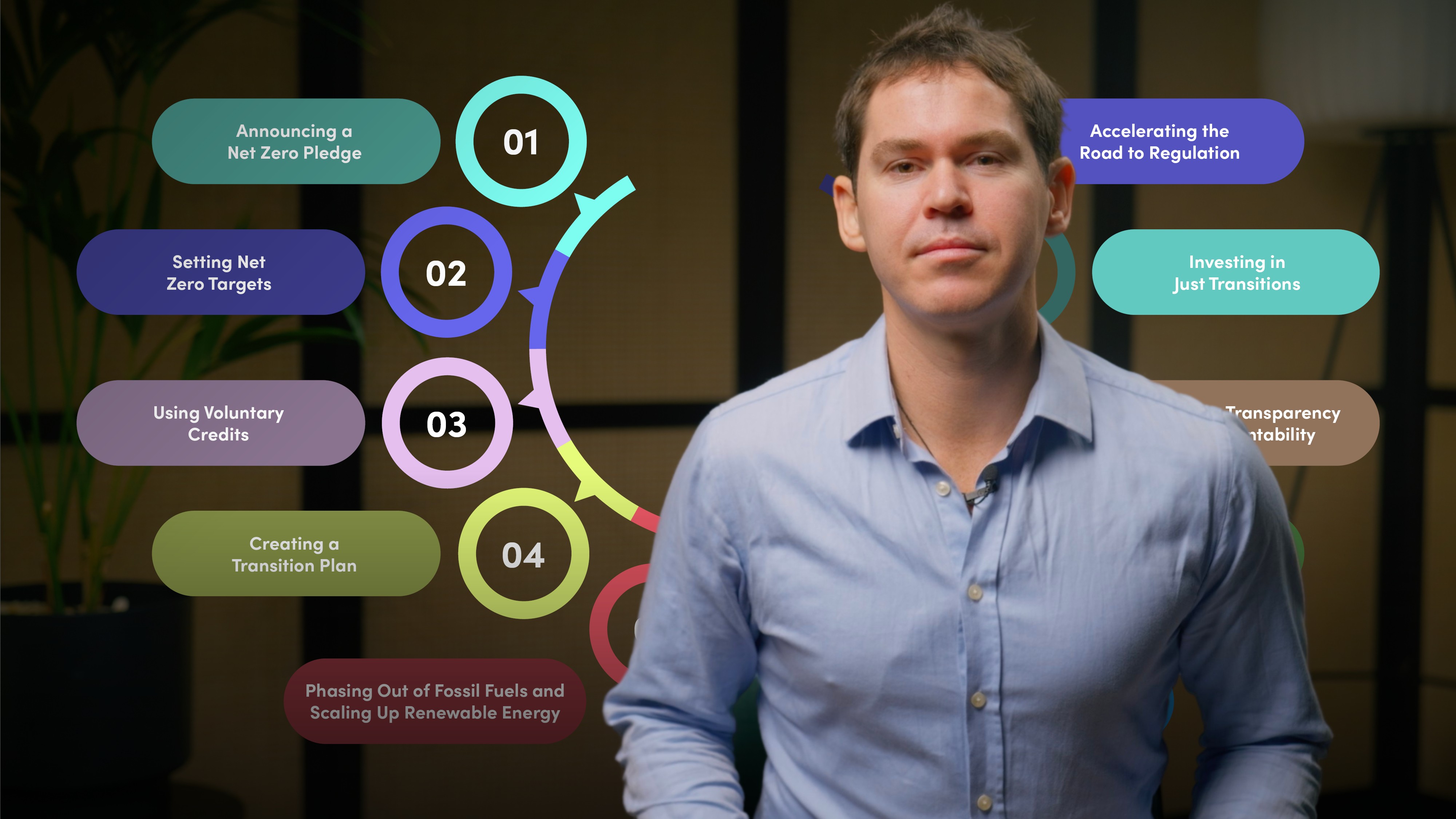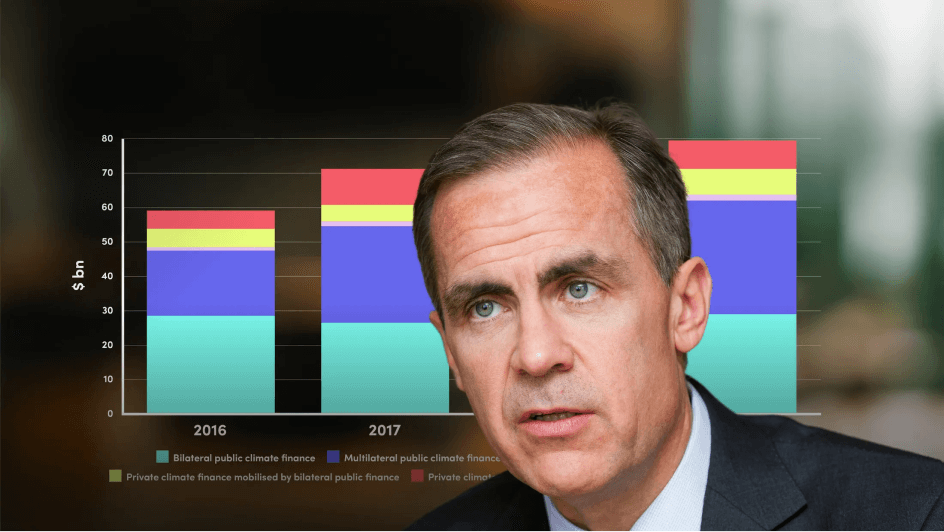
UN Recommendations for Executing Net Zero

John Lang
12 years: Sustainability and Net Zero
In this video, John Lang explains how to go about setting and implementing net zero targets, with a step-by-step talk through the UN’s High-Level Expert Group’s 10 Guidelines for credible net zero commitments.
In this video, John Lang explains how to go about setting and implementing net zero targets, with a step-by-step talk through the UN’s High-Level Expert Group’s 10 Guidelines for credible net zero commitments.
Subscribe to watch
Access this and all of the content on our platform by signing up for a 7-day free trial.

UN Recommendations for Executing Net Zero
13 mins 39 secs
Key learning objectives:
Understand why it is challenging to set net zero targets
Outline the 10 recommendations clarifying what entities should include when setting and delivering net zero targets
Overview:
Setting and achieving credible net zero targets requires an all-encompassing approach, ensuring every greenhouse gas and sector of the value chain is accounted for. Strategic emission reductions must focus on absolute targets rather than intensity benchmarks to meaningfully stabilise global temperatures. Emphasis on limited, high-quality carbon offsets is vital, moving towards contributions that bolster societal efforts towards net zero rather than mere compensation. Comprehensive transition plans should aggressively phase out fossil fuels, supported by substantial investments in renewable energy. Enhancing transparency and fostering accountability through standardised reporting and independent verification is crucial. Furthermore, integrating just transition investments is essential to align economic shifts with environmental goals, ensuring that climate action is both equitable and effective.
Subscribe to watch
Access this and all of the content on our platform by signing up for a 7-day free trial.
- Announce a net zero pledge: Commit publicly to net zero goals by a specified year, typically 2050, including interim targets for 2025, 2030, and 2035.
- Set clear and comprehensive targets: Define the scope of the targets, incorporating all emissions from the entity’s activities and value chain.
- Use voluntary carbon offsets sparingly: Emphasise actual emission reductions over offsets, and ensure offsets are of high quality and used only as a supplementary measure.
- Create detailed transition plans: Develop actionable, specific strategies to reduce emissions across all operations, including third-party verification and engagement across the value chain.
- Phase out fossil fuels and scale up renewables: Implement measures to end the use and support of fossil fuels, aligning with scientific pathways like those from the IPCC or IEA.
- Align lobbying and advocacy: Ensure that public commitments to net zero are matched by internal and external advocacy efforts that support ambitious climate policies.
- Consider people and nature: Include strategies to protect, restore, and manage natural ecosystems and ensure policies are fair and inclusive to all stakeholders.
- Increase transparency and accountability: Regularly disclose emissions data and progress in a standardised format, and engage in independent verification.
- Invest in Just Transitions: Support economic and workforce transitions to low-carbon technologies and practices, particularly in vulnerable communities and industries.
- Encourage governments to codify net zero criteria in regulations: Influence and shape policies and standards to create a consistent regulatory environment that supports net zero objectives.
Subscribe to watch
Access this and all of the content on our platform by signing up for a 7-day free trial.

John Lang
There are no available Videos from "John Lang"





























